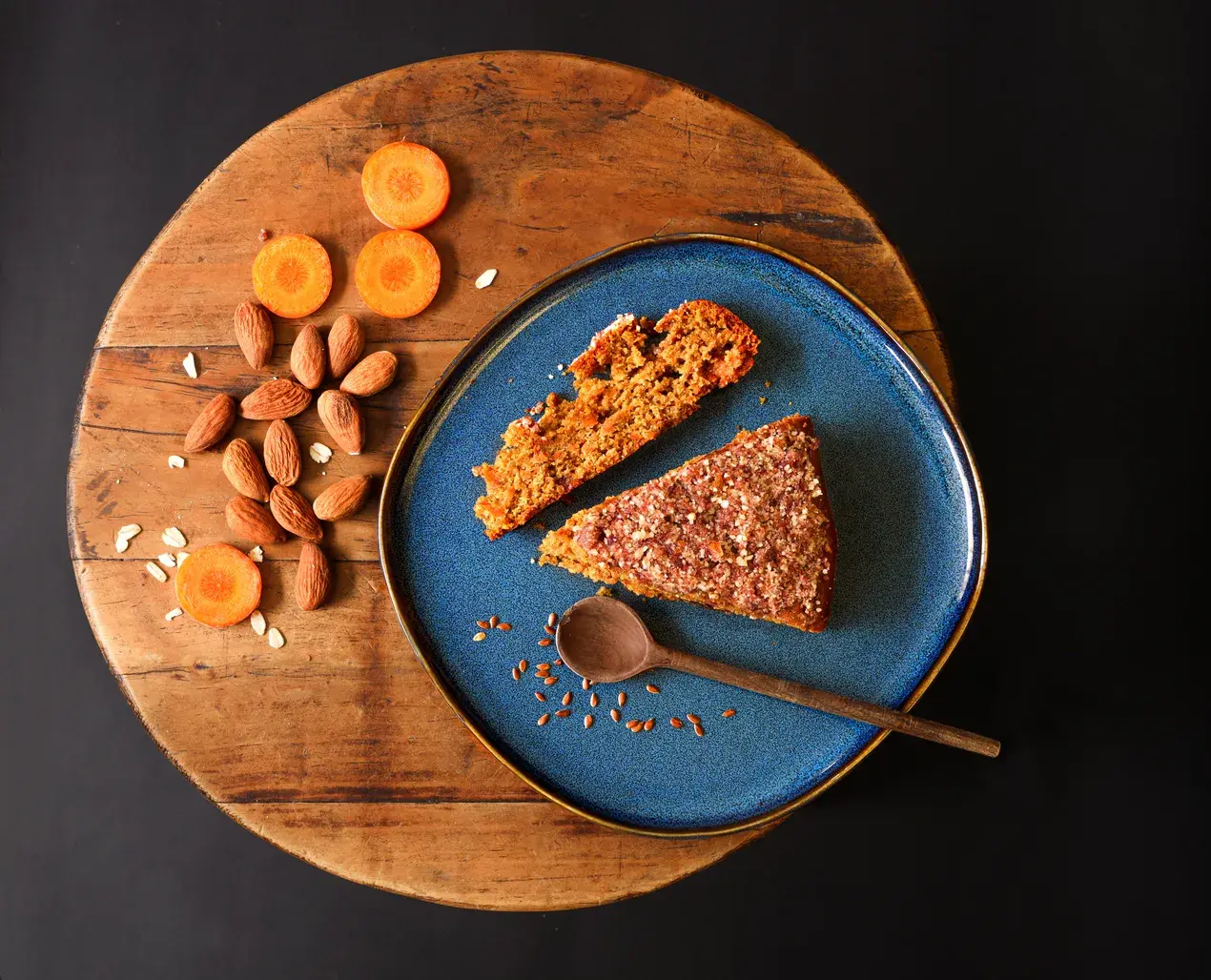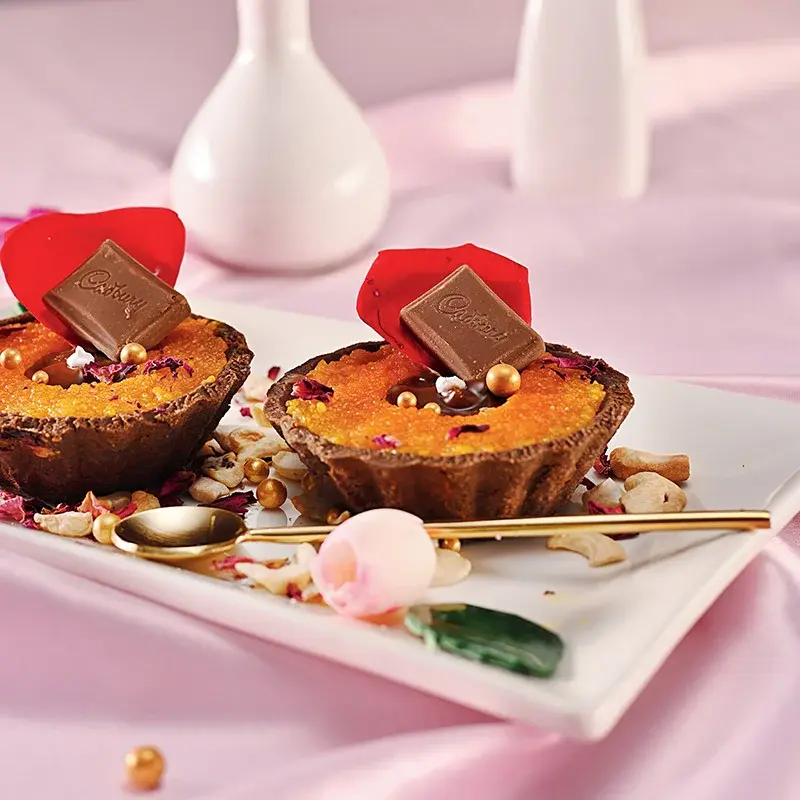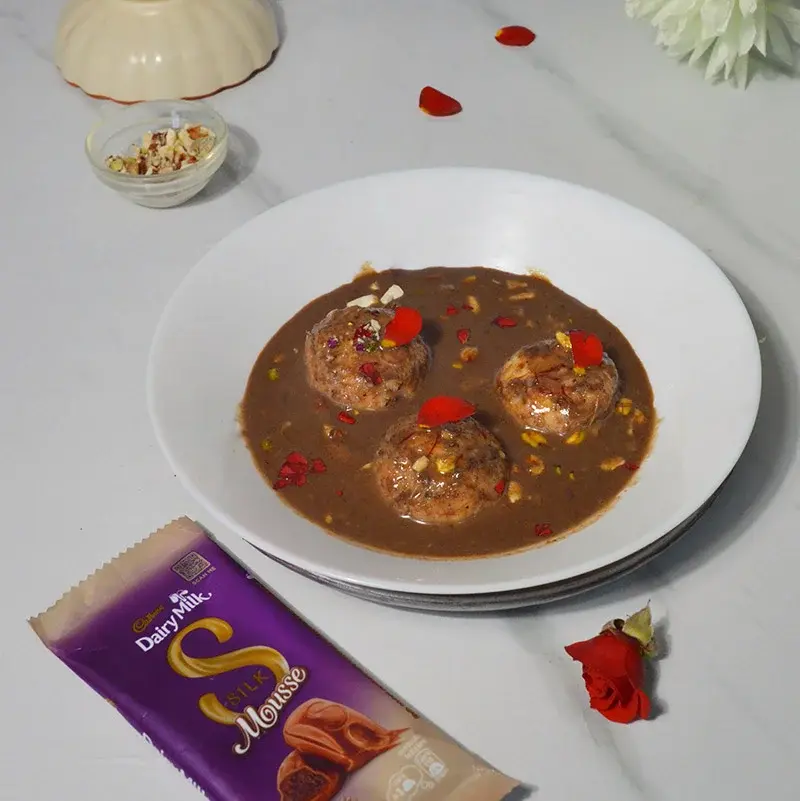Dive deep into the world of frosting and icing—there's nothing more exciting than making these from scratch, whether you have guests over or are just having a creative Sunday.

Nothing can transform a cake or cupcake quite like some good ol' frosting. It's that final touch you need to turn a homemade baked good into a completely scrumptious sweet delight. However, with so many different types of frosting choices out there, deciding on the perfect one for your cake can be a challenging decision.
Another crucial aspect when making this decision is understanding the distinction between "frosting" and "icing." These two terms are often used interchangeably, but frosting is thick and fluffy, while icing is typically thinner and leaves a glossy effect.
If you’re a novice baker, then consider making frosting is another milestone in your baking journey. And if you’re an experienced one, then you know that there’s nothing more satisfying than creating something from scratch, and reveling in the effort and time you’ve put into this. While doing so, your primary consideration should be the quality of the raw materials you’re using even if they are a little heavy on your pocket.
American Buttercream
To create American buttercream, all you have to do is whip sugar with some unsalted butter. It won’t take long to reach the desired consistency, especially if you’re using an electric beater. This is the easiest and most basic cake frosting recipes to make, especially if you're a beginner or in a time crunch.
Cream Cheese Frosting
The cream cheese frosting is made by whipping cream cheese with powdered sugar, softened butter, vanilla extract, and some salt. This frosting is tangy and dense, pairing well with red velvet cake, spiced carrot, and apple cakes.
Italian Buttercream
This is a tricky one because not everyone will perfect a meringue on the first try. This frosting is made with egg whites and sugar whipped into soft peaks, followed by the addition of sugar syrup. Temperature control of the syrup is essential; otherwise, the meringue can go flat or become overcooked. After this step, softened butter is folded in until the frosting achieves a buttercream consistency.
Chocolate Frosting

This frosting is classic enough to slather even on plain white bread. You can make it with Cadbury cocoa powder, icing sugar, cream, and butter. Adjust the consistency and sweetness accordingly.
Royal Icing

Royal icing becomes smooth and hard upon drying, typically made with icing sugar and egg whites. It dries quickly, so you usually have to work fast. Royal icing is well-suited for decorating cookies and Christmas cake.
Fondant
Fondant can take your cakes and cupcakes to the next level, and also allows you to show off your sculpting and modeling skills. The ingredients typically include water, glycerin, sugar, gelatin, glycerol, and vegetable oil. Fondant is highly pliable, so the sky's the limit when you're decorating your baked goods.
Five pro-tips for making most types of frosting:

Temperature is key: Ensure your butter, cream cheese, or sour cream is at room temperature before you start whipping them. This way, you won't have a clumpy or uneven finish, and it will also be easy to pipe. Adhering to the suggested temperature of other elements is also essential for the best results.
Add the sugar gradually: This tip is important because you need to fully blend the sugar evenly for a velvety and creamier texture. Sifting before adding it also helps to remove any lumps. Gradual addition can also help you control the level of sweetness.
Have milk or cream handy: It's quite possible that your buttercream frosting will become too thick. The solution is to liquefy it with either room temperature milk or some heavy cream. Gradually pour the liquid into your frosting to prevent it from thinning too much.
Experiment with flavors: Bake plain cookies or a plain cake and pair them with different flavorings, colors, citrus zests, almond, and vanilla extracts. The possibilities are endless.Your experiments may not always be a success, but trial and error is necessary for innovation.
Chill for a stable texture: If your kitchen is hot, then the frosting may become too soft, so refrigerate it for a short while. This tip is particularly helpful for buttercream since cream cheese is comparatively stable in warm climates. Additionally, if your consistency is too stiff due to overwhipping, adding a little liquid can help loosen it.
Like This Article?
More Like This
Popular Articles





Trending Web Stories
Curated Recipes
















